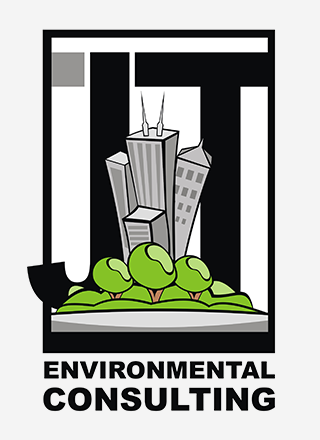From soils, to concrete, to steel. Many different materials can be specifically designed and tested to help ensure that they are best suited for each application. This can help keep costs to a minimum for a quality product, or help to gain green credits for a LEED Project.
Concrete Testing
Mix designs, slumps, entrained air tests, temperatures, etc. for all applications and designs.
Soil Testing
- Organics: Know which elements are in the soil to ensure better growth rates for plants.
- Engineering: Find out the soil to clay ratio of the topsoil. Soil borings can show exactly what type of material is below grade to assist in regards to the stability of a structure, or for mining purposes.
Steel Testing
Ensuring that the correct strength steel is being used for the project, and that all welds are made correctly to stand the stress of their placement and life-cycle.
Aggregate Testing
Proper gradation and source of material for optimum performance for each unique design/application.
Modular Testing
Checking the compression, tensile strength, soundness, expansion, and setting time of cement mortar for proper strength.
Certified Wood
Using proper wood, such as FSC wood, to gain LEED credits.
RECs
Purchasing Renewable Energy Certificates to gain LEED credits.
Paint Testing
- Lead: Is there a possibility of old paint that may contain lead? Does this need to be tested and/or removed properly?
- Manufacturers Guidelines: Was the painted placed at the proper temperature, application rate, humidity level, etc.?
Asbestos
This material can be found in pipe insulation, ceiling and floor tile, paints and coatings, caulking, fire resistant fabrics and clothing, and even brake pads. If there is a possibility that asbestos may be present, it can be tested for.
Concrete Pipe Testing
Mix designs, slumps, entrained air tests, temperatures, load bearing tests, etc. for all applications and designs.
Bolt Testing
Mechanical and hardness testing as well as ensuring that the proper bolt for the right project is a must.









